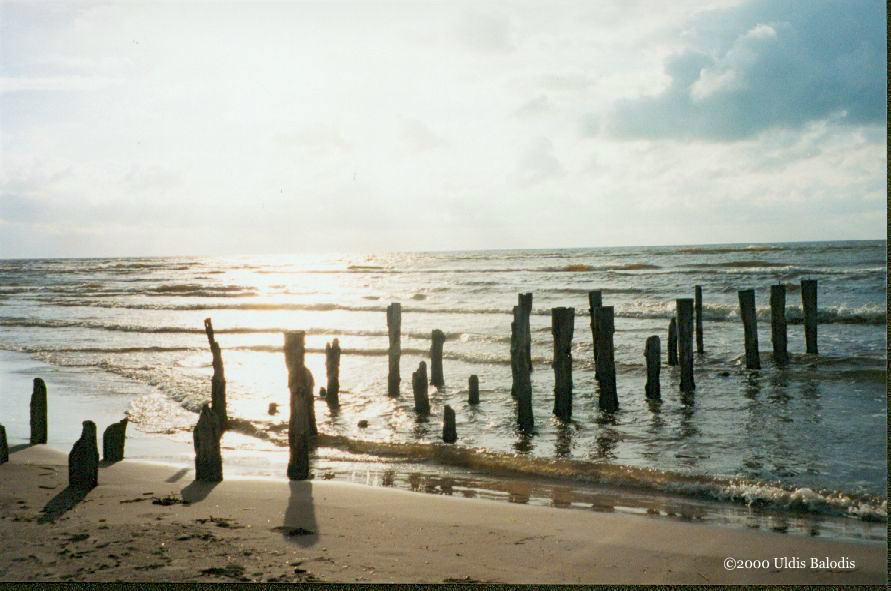Town in transition
Click on the top left picture and scroll through the story by clicking right.
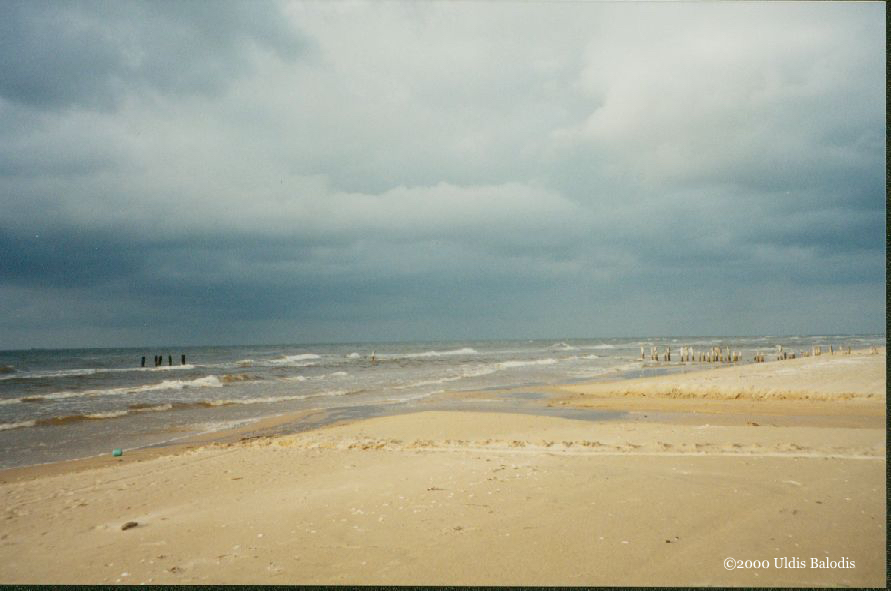
After staying for several weeks in Irē at the Livonian children’s summer camp, which serves as one of the main focuses of Livonian cultural activity during the year, I hiked for three days through all the coast towns from Pizā to Kūolka with some of the teachers from the camp. These photos were taken as we walked through Sīkrõg to the west of Ire. This was the town of Pētõr Damberg who helped give Livonian a popular written form in the 1930s. But now it was increasingly a town filled with outsiders who were altering its essential nature. This day though, as most days, was beautiful. The dark clouds that characterized the skies this stormy summer dramatically accented the raging sea and all the features of the coast.
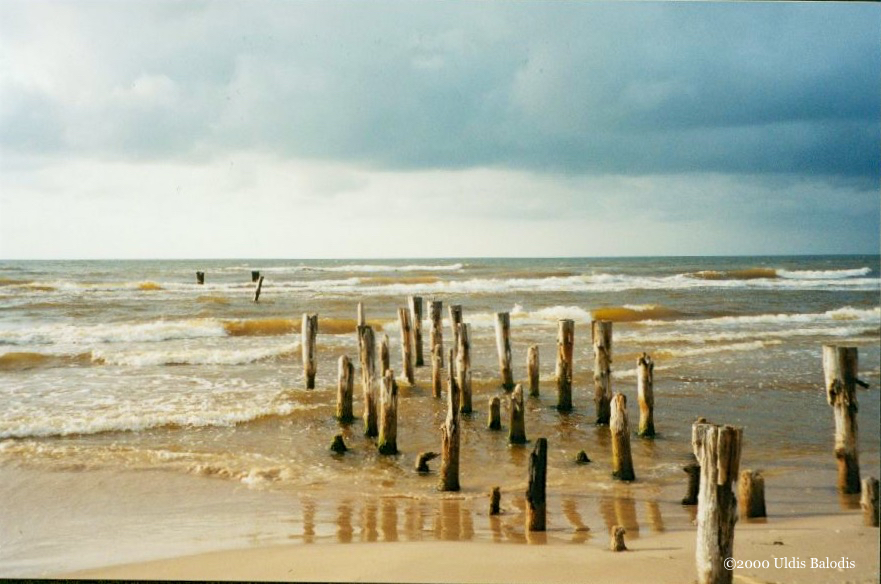
The sun shines through the clouds illuminating the remnants of the dock near Sīkrõg, which marks the path leading to the village from the beach. The sea is the color of sand, evidence of the summer storms which had spent the last weeks mixing water above with earth below.
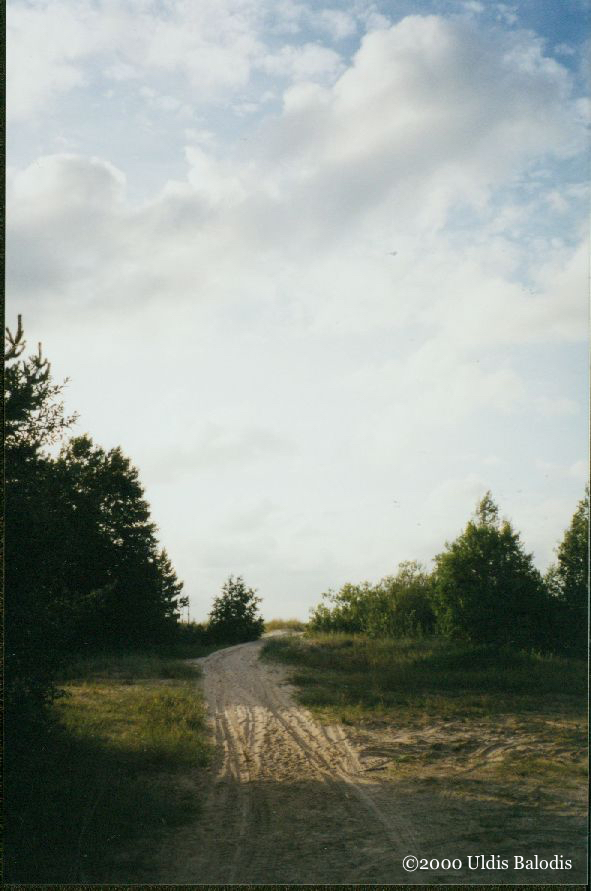
Looking back towards the ocean, as we walk into the village. This idyllic scene conceals the changing reality of the coast towns. Here as elsewhere much of the land is now privately owned and the owners vigorously enforce their property rights, often limiting access to areas that had always been unrestricted. A short distance from the path, one of the new residents was blaring his stereo system, drowning out the sound of the ocean and the wind blowing through the trees of the coast forest.

A fisherman’s home, weathered by years of storms and sea air. Many of the coast towns were experiencing a building boom of sorts, with wealthier newcomers constructing vacation homes in this beautiful and rugged area. This home is representative of the old days when Livonian could still be heard along the coast. The homes built by the new arrivals would often be very different, with only a few matching the style characteristic of the coast towns.
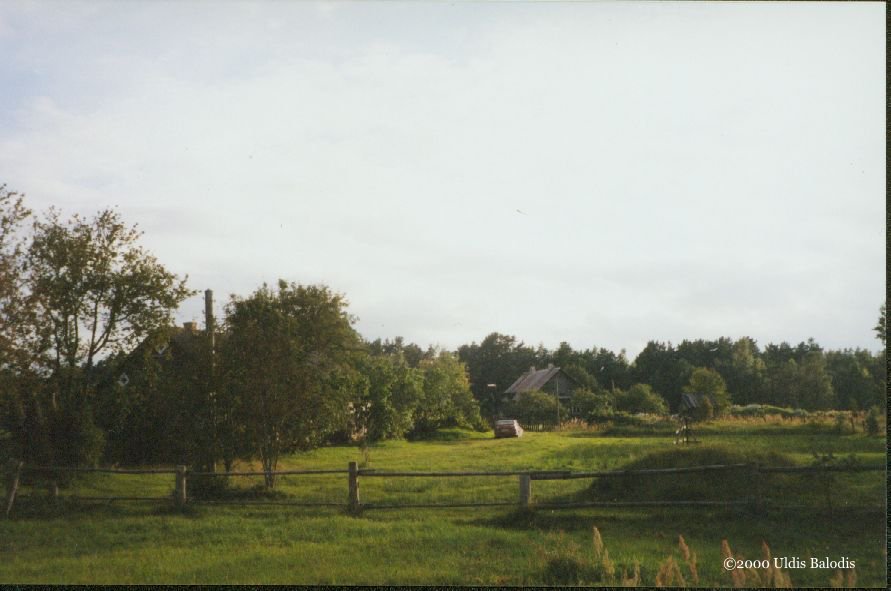
Sīkrõg bathed in the soft light of the evening. Walking through a scene like this I would often be confronted with a feeling of near disbelief that the Livonians could really all be gone. That their language was no longer spoken here. Though my experience of the coast that summer was different in ways that I could never have imagined before I went there, it was also exactly what I had thought it would be. Sīkrõg and the other coast towns were as I had envisioned them, and seemed so very Livonian. A place for fishermen or the people of the coast (rāndalizt), as the Livonians would often refer to themselves. It seemed that I only had to walk by a kitchen window or by the fishing boats to hear the language spoken. But instead, it was as I told many of my friends afterwards. It was as if I had come five minutes after the end of a chic dinner party. The guests had all left, but the hors d’ouevres were still out, though half-eaten, glasses of wine not fully consumed, and decorations everywhere, all pointing to the fact that I had just missed something amazing. Walking through the coast towns I would see evidence of the uniqueness of this place, but often I would also feel that I was too late. Much was already gone and beyond my reach.
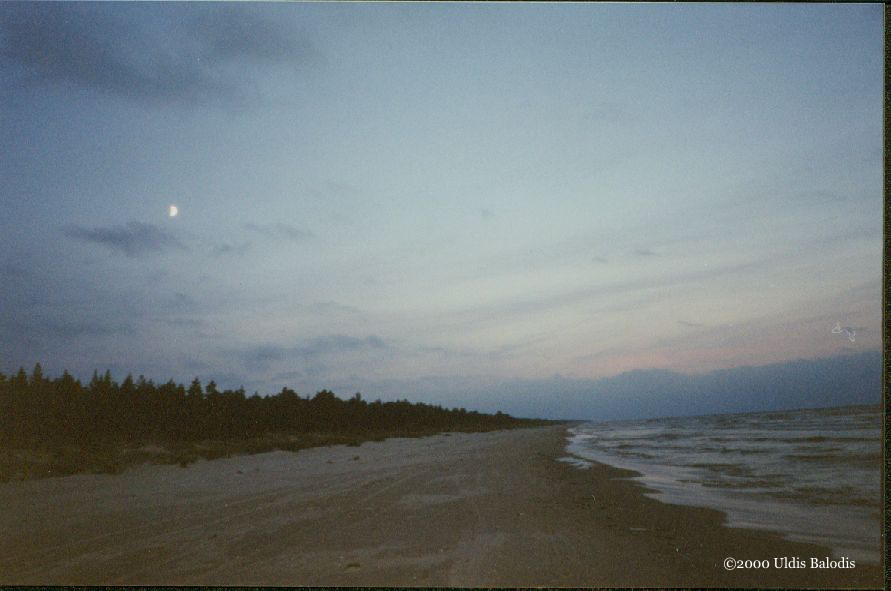
Towards the end of the day we hiked on to Irē. We would stay the night in the town and then continue on to Vaid the following day. As we walked I turned around and snapped this picture of the familiar coast scene, the moon lighting our way and the coast forests, now dark, meeting the ocean, the last glow of the sun still coloring the sky.
